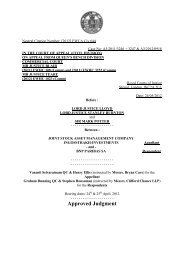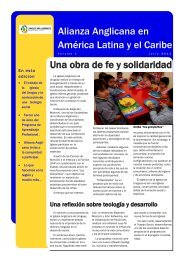TRUSTS OF LAND AND PROPRIETARY ESTOPPEL ... - Support
TRUSTS OF LAND AND PROPRIETARY ESTOPPEL ... - Support
TRUSTS OF LAND AND PROPRIETARY ESTOPPEL ... - Support
Create successful ePaper yourself
Turn your PDF publications into a flip-book with our unique Google optimized e-Paper software.
18. It does seem clear now, however, that when Baroness Hale talked of imputing acommon intention, she meant no more than inferring/implying an intention,rather than enabling the Court to invent one: Jones v Kernott 25 .The Second Hurdle19. If the parties expressly agree their shares, that will normally be conclusive, and acourt will depart from it only if there is good cause to do so: see Hapeshi vAllnatt 26 .20. In the absence of such agreement, the Court must undertake a search for the resultwhich reflects what the parties must, in the light of their conduct, be taken to haveintended.21. In joint ownership cases Baroness Hale explained in Stack v Dowden: “the question… was not simply ‘what is the extent of the parties’ beneficial interest’ but ‘did the parties intendtheir beneficial interests to be different from their legal interests’” 27 She later said: “in jointnames cases [a full examination of the facts] is … unlikely to lead to a different result [from afinding of joint beneficial ownership] unless the facts are very unusual” 28 .22. In relation to the case of a sole proprietor, the extent of the parties’ beneficialinterest is to be answered “by inferences from their subsequent conduct” 29 . In so doing, theCourt will declare such interest as it “considers fair having regard to the whole course ofdealing between them in relation to the property…[including] the arrangements which they makefrom time to time in order to meet the outgoings (for example mortgage contributions, council taxand utilities, repairs, insurance and housekeeping) which have to be met if they are to live in theproperty as their home.” 30Strauss QC at Para [26(1)]. There was also some support from this at Para [39] of Wall LJ’s decision onappeal ([2010] EWCA Civ 578)25 Per Rimer LJ at Paras [76-77]26 Para [17]27 Para [66]28 Para [68]. See also Para [33] of Lord Walker’s opinion. It should be noted that the House of Lords inStack v Dowden did depart from the presumption on the basis, inter alia, of unequal contributions. Seealso Fowler v Barron [2008] 2 FLR 1 where the presumption was not rebutted.29 Oxley v Hiscock, Para [47].30 Oxley v Hiscock, Para [69]. These passages were approved by Baroness Hale in Stack v Dowden, whocommented that “the approach to quantification in cases where the home is conveyed into joint names should certainly be nostricter than the approach to quantification in cases where it has been conveyed into the name of one only.” (Para [65]).6



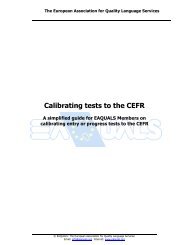
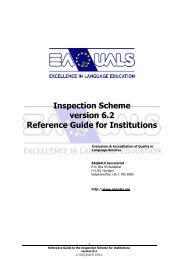
![[2012] UKUT 399 (TCC)](https://img.yumpu.com/51352289/1/184x260/2012-ukut-399-tcc.jpg?quality=85)

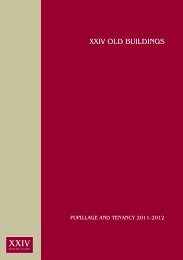
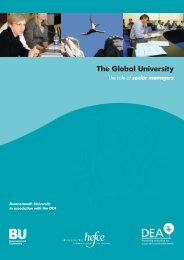

![Neutral Citation Number: [2009] EWHC 3198 (Ch) Case No: CH ...](https://img.yumpu.com/50120201/1/184x260/neutral-citation-number-2009-ewhc-3198-ch-case-no-ch-.jpg?quality=85)
